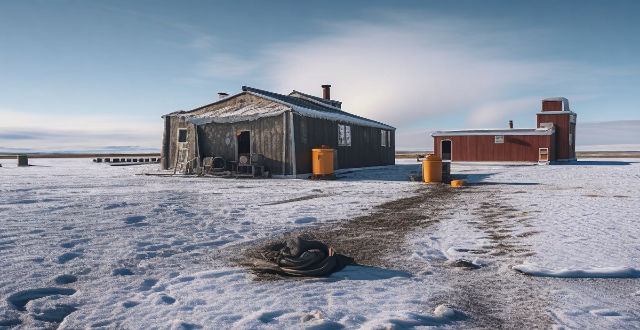Professional travel photographers achieve stunning images through a blend of research, strategic planning, high-quality gear, advanced techniques, and skilled post-production. They study locations, plan around weather, use quality cameras and lenses, employ various shooting methods, and edit using software for optimal results.

How Professional Travel Photographers Get Those Amazing Shots
Professional travel photographers are known for their ability to capture stunning and unique images that transport viewers to the locations they've visited. Achieving such remarkable photographs involves a combination of technical skills, creative vision, and strategic planning. Here's a detailed look at how these professionals get those amazing shots:
Research and Planning
Understanding the Location
- Study the Area: Research the location's geography, culture, and landmarks.
- Weather Forecast: Check weather patterns to plan shoots during optimal lighting conditions like golden hour or blue hour.
Timing
- Off-Peak Travel: Visit popular sites during off-peak times to avoid crowds.
- Magic Hours: Capture the soft light of dawn and dusk for more dramatic photos.
Gear and Equipment
Quality Camera Bodies
- High-End DSLRs or Mirrorless Cameras: These provide better image quality and performance in various lighting conditions.
Lenses
- Wide-Angle Lenses: Ideal for landscapes and architectural shots.
- Telephoto Lenses: Useful for capturing distant subjects or wildlife.
- Fast Primes: Excellent for low-light situations and creating a shallow depth of field.
Tripods and Supports
- Sturdy Tripods: Essential for long exposures and stabilizing the camera in challenging environments.
- Monopods or Gimbals: Offer flexibility while shooting on the move.
Filters
- Polarizers: Help to reduce glare and enhance colors.
- Neutral Density (ND) Filters: Useful for controlling exposure in bright conditions or achieving motion blur effects in water or clouds.
Techniques and Creative Approaches
Composition
- Rule of Thirds: Frame your subject using the grid to create balanced and interesting compositions.
- Leading Lines: Use natural lines in the scene to guide the viewer's eye.
- Foreground Interest: Include elements in the foreground to add depth and scale to landscape shots.
Lighting
- Side Lighting: Creates texture and depth by illuminating the subject from an angle.
- Back Lighting: Produces a silhouette effect with a strongly backlit subject against a lighter background.
Long Exposure
- Blur Motion: Use slow shutter speeds to blur moving elements like water or clouds for a dreamy effect.
Post-Production
Editing Software
- RAW Processing: Work with RAW files for greater control over color and exposure adjustments.
- Creative Edits: Apply artistic filters or make selective color adjustments to emphasize the mood of the photograph.
Backup and Storage
- Multiple Backups: Always backup images in multiple locations to prevent data loss.
- Cloud Storage: Utilize cloud services for offsite storage and easy access to files.
By combining meticulous planning, top-notch equipment, advanced photographic techniques, and skilled post-production work, professional travel photographers can consistently produce those breathtaking shots that inspire awe and wanderlust in viewers around the world.